7 Key Points To Consider Before Buying An Old Landed Property In Singapore
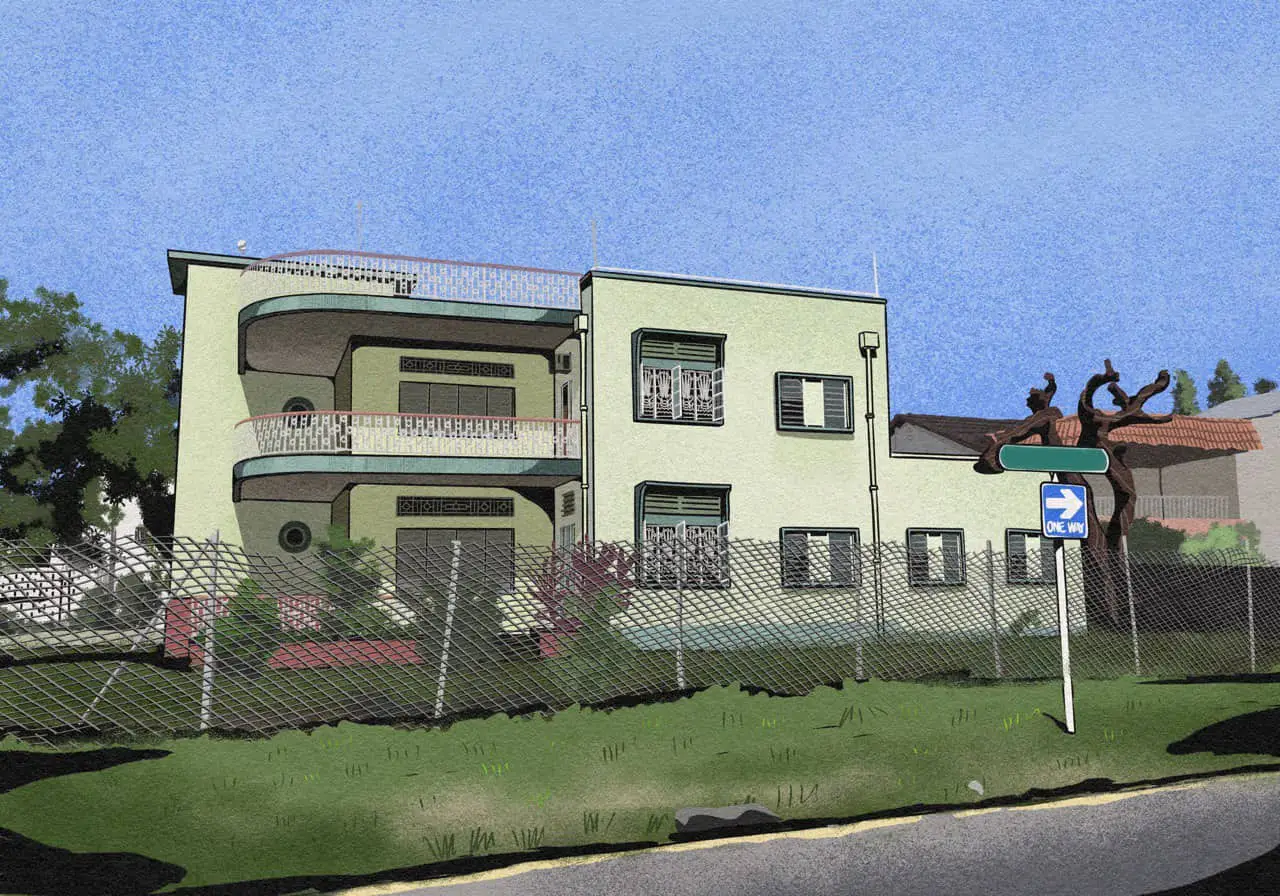
Get The Property Insights Serious Buyers Read First: Join 50,000+ readers who rely on our weekly breakdowns of Singapore’s property market.
A seasoned content strategist with over 17 years in the real estate and financial journalism sectors, Ryan has built a reputation for transforming complex industry jargon into accessible knowledge. With a track record of writing and editing for leading financial platforms and publications, Ryan's expertise has been recognised across various media outlets. His role as a former content editor for 99.co and a co-host for CNA 938's Open House programme underscores his commitment to providing valuable insights into the property market.
Unless you’re tearing down the entire house to rebuild, old landed properties can have their share of issues. Some landed homes date back to the 1950s and before; and some were built in an era long before BCA, URA, or other regulators came up with today’s rules. Then there’s the wear and tear which happens over years, and it’s without the oversight of a committee like a town council or condo management to boot. All this can add up to some pricey problems later, so make sure you know what you’re getting into:
1. Older properties may have features that are illegal today
A common example of this is the required setback distance from the road. The LTA has a series of road categories, from one to five (the higher the category, the smaller the road). The setback is a required distance between the landed property and the road. Category four and five roads (the smallest) still require a setback of at least three metres, while larger roads can require a setback of 7.5 metres or more.
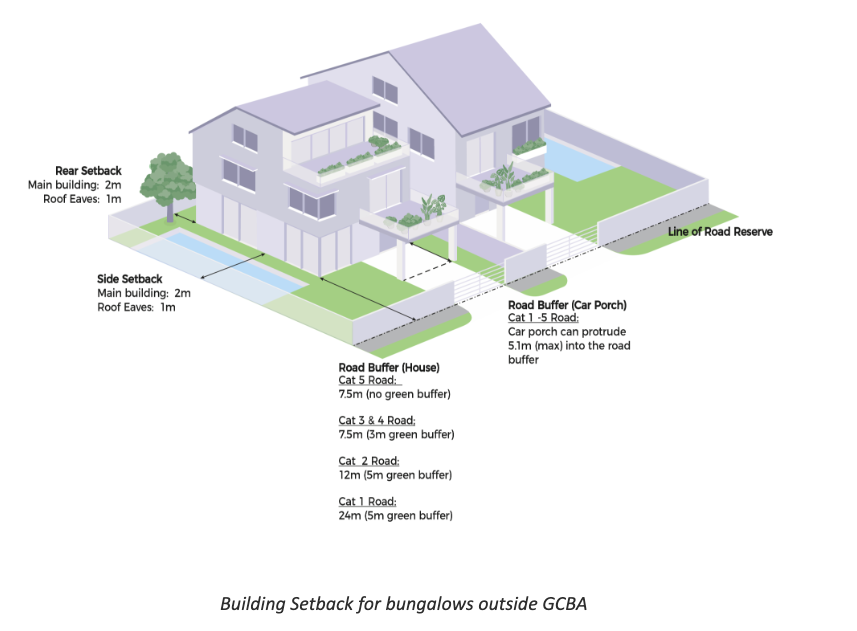
The problem is that older properties may predate these rules; and you may find the house is closer to the road than allowed. This could have the most immediate problem of road noise, but a worse long-term problem: if the authorities ever find out. You could end up having to move back a bit of your driveway, for instance, if it’s deemed to encroach too close to the road outside.
Likewise, some older properties have features that may exceed today’s allowable building height (the maximum building height for a two-storey landed zone is 12 metres, and 15.5 metres for a 3-storey landed zone.) This means that, if you were ever to tear down and rebuild the property, it may not stand as tall as it previously did. Similarly, if you need to do any work that requires submission, it could also trigger the need for you to adhere to the latest regulations.
2. Roofing issues
The roof is the part of the property most exposed to the weather, so it’s often the most prone to problems. You’ll notice that pitched roofs (the traditional steeple shape) are more common in older homes than new ones.
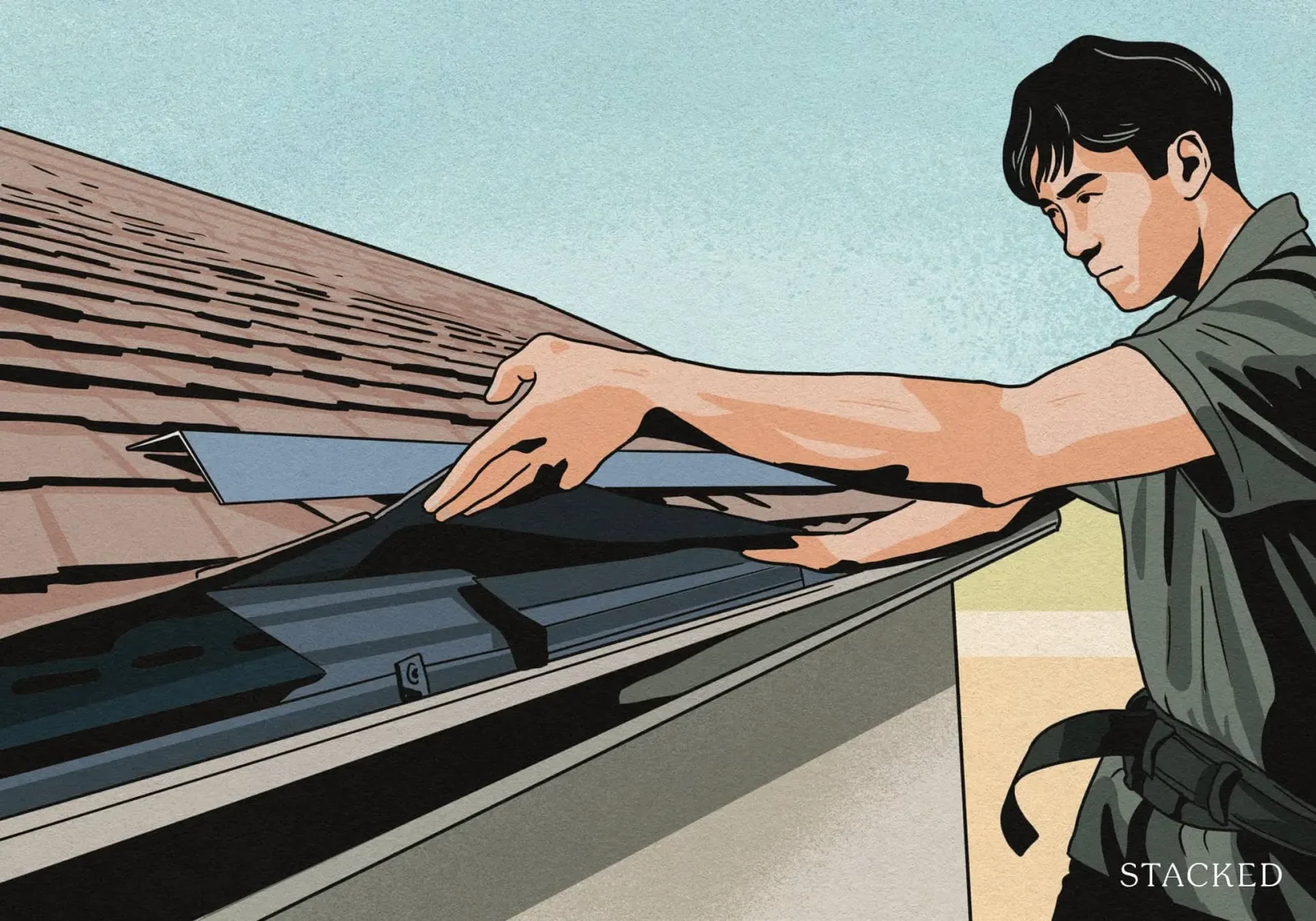
The reason many people stopped using pitched roofs is that maintenance tends to be more difficult and expensive. Loosely speaking, the steeper the angle, the more materials and labour it will require. There’s also more surface area to your roof, which means you need more shingles or slate tiles; and because there’s a wider surface exposed to wind and rain, more of these will need replacing.
Get a contractor to check the existing condition, as you may want the seller to fix it as a condition of sale.
From the interior, if you see a pitched roof, check for any seepage or discolouration on the ceiling; this is quite likely the result of damaged or missing tiles, which allows water to get in. Again, this is something you may want fixed before you buy.
3. Older properties can sit on weird-shaped land parcels
About a decade ago, there was a super-cheap, 6,800+ sq. ft. landed house in Hougang that remained vacant for 11 years. The reason was its triangular-shaped land plot, which made future alterations – or even complete reconstruction – awkward in the extreme. But while it’s rare to see it in the news, some realtors have mentioned multiple occasions where they’ve encountered this; and it’s almost always on older land plots.
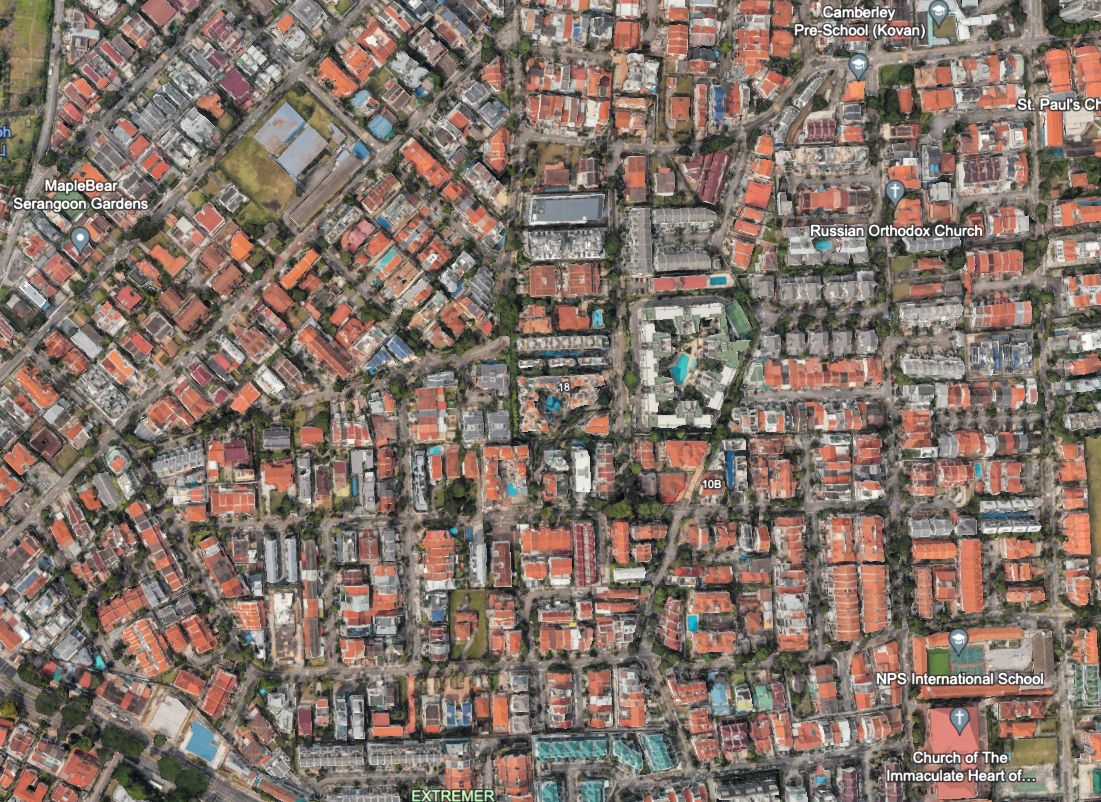
One realtor told us about a landed property which wasted around 400 sq. ft, because an extra bit of land stuck out in an L-shape. The owner just ignored it, as it was too awkward to incorporate into the shape of the house.
Another realtor mentioned a property in the Siglap area, in which the land parcel was long and narrow like a corridor. But the entrance to the house had to be at the narrow end, as that was what faced the road. She described the end result being a house that looked more like “a really thick wall, like a chunk from the Great Wall of China fell there.”
It seems like the shapes of land parcels back in the 1950s to 70s were all over the place, so you do have to watch out for it. Bear in mind that the shape of the existing house may not reveal the actual shape of the land parcel, such as the L-shaped land plot where a large chunk of land was wasted. Future buyers will likely check this too, so your resale value can be affected.
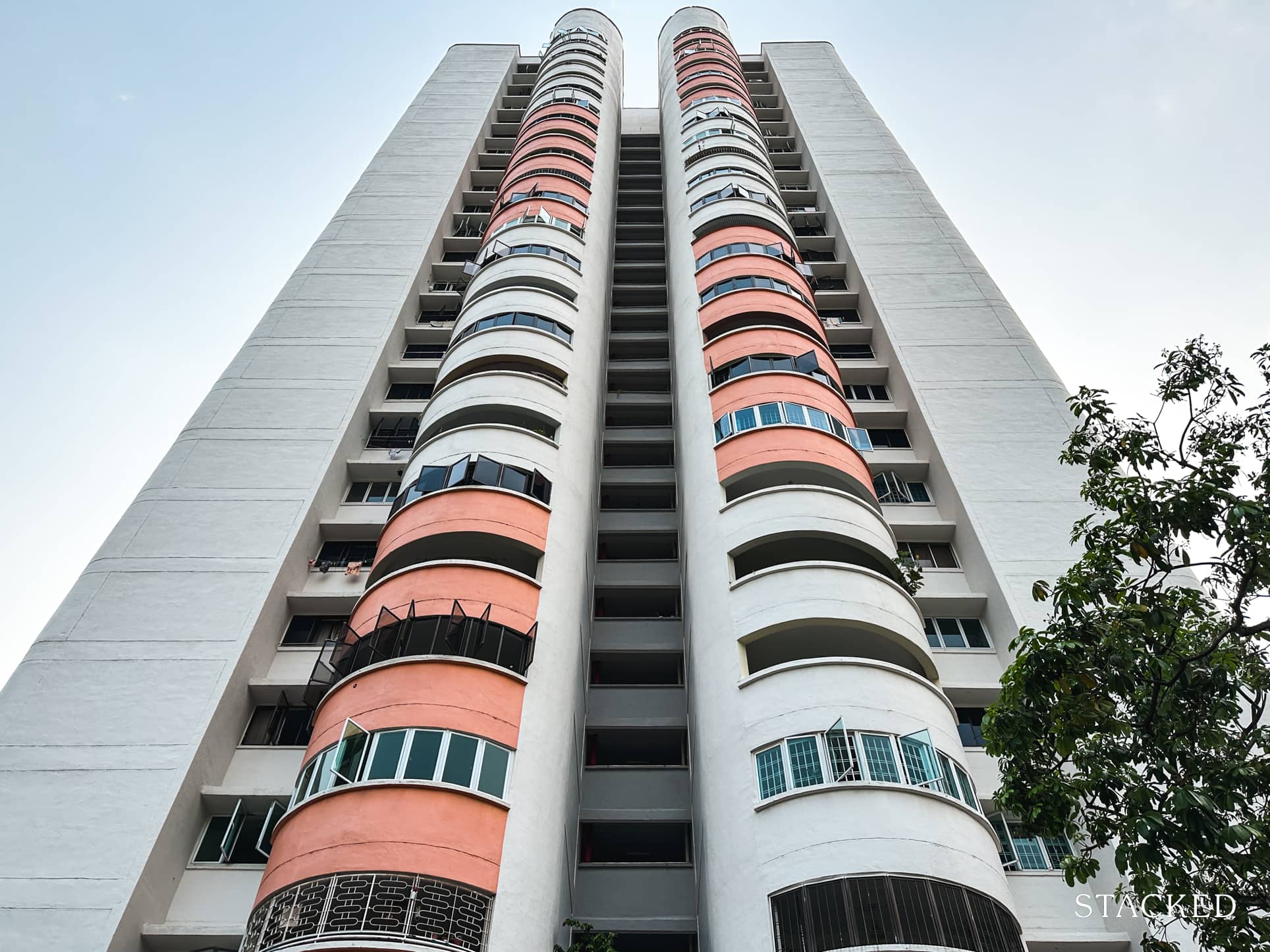
Editor's PickBuying An Old HDB Flat? Here Are 7 Crucial Things To Check Before You Buy
by Ryan J. Ong4. Older landed properties tend to have worse basements
Newer landed properties tend to have basements that protrude at least slightly above the ground. This has been the case since 2015, when URA decided that it’s okay for a basement to stick out at least one metre above the ground.
The newer protruding basements are generally more desirable – they allow you to have windows that let in some natural light. For older properties, the basements were fully underground; and this can have an unpleasant, dungeon-like effect.
A realtor who specialised in landed homes also noted that, among older properties, the basement tends to be unpleasant:
“Not a lot of homes in the past had basements, and it was for a practical reason. In Singapore the weather is hot and damp, so mold, pests, and bad smells can happen in very old basements.”
The realtor recommends sticking to newer properties, if you really want a basement that’s fit to be used as a garage, man-cave, extra bedroom, etc. He also noted that newer properties are more likely to have a working bathroom in the basement, as this feature is more recent.
5. Just because bathrooms are spruced up, that doesn’t mean the plumbing is okay
Older homes tend to have more plumbing issues. This really depends on the previous owners and how well they treated the house (or more precisely, what they washed down the drains), but be aware that this is a less visible part of the house.
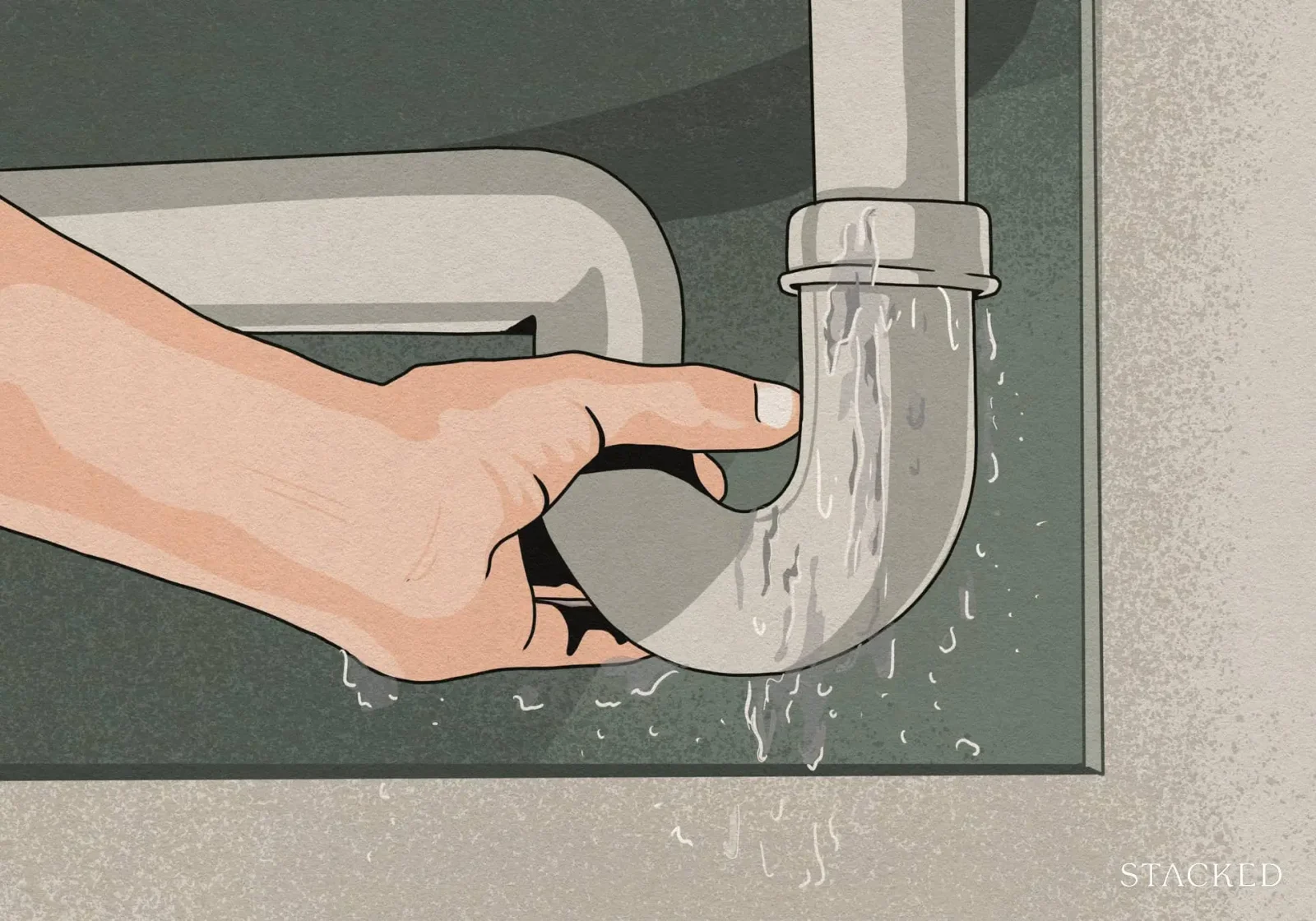
One contractor we spoke to cautioned that, for older properties, seemingly new bathrooms may be disguising the poor condition of the plumbing. He said that:
“You need to test the water pressure when you flush, and I usually turn on the heater to see if it’s still working. Also check for any smells, which can come from corrosion. Sometimes they make the bathroom fixtures new and repaint the walls, it looks very new. But if you observe closely maybe you can still smell the corroded pipes, or you can see the water is unusually slow to go down the drain.”
6. Flooring issues are more common in landed properties than in condos or flats
For very old homes, there likely wasn’t a big developer paying to level the land; and this can mean slight bumps or shallow troughs. Depending on how uneven the local terrain is, this could be more or less pronounced in different properties.
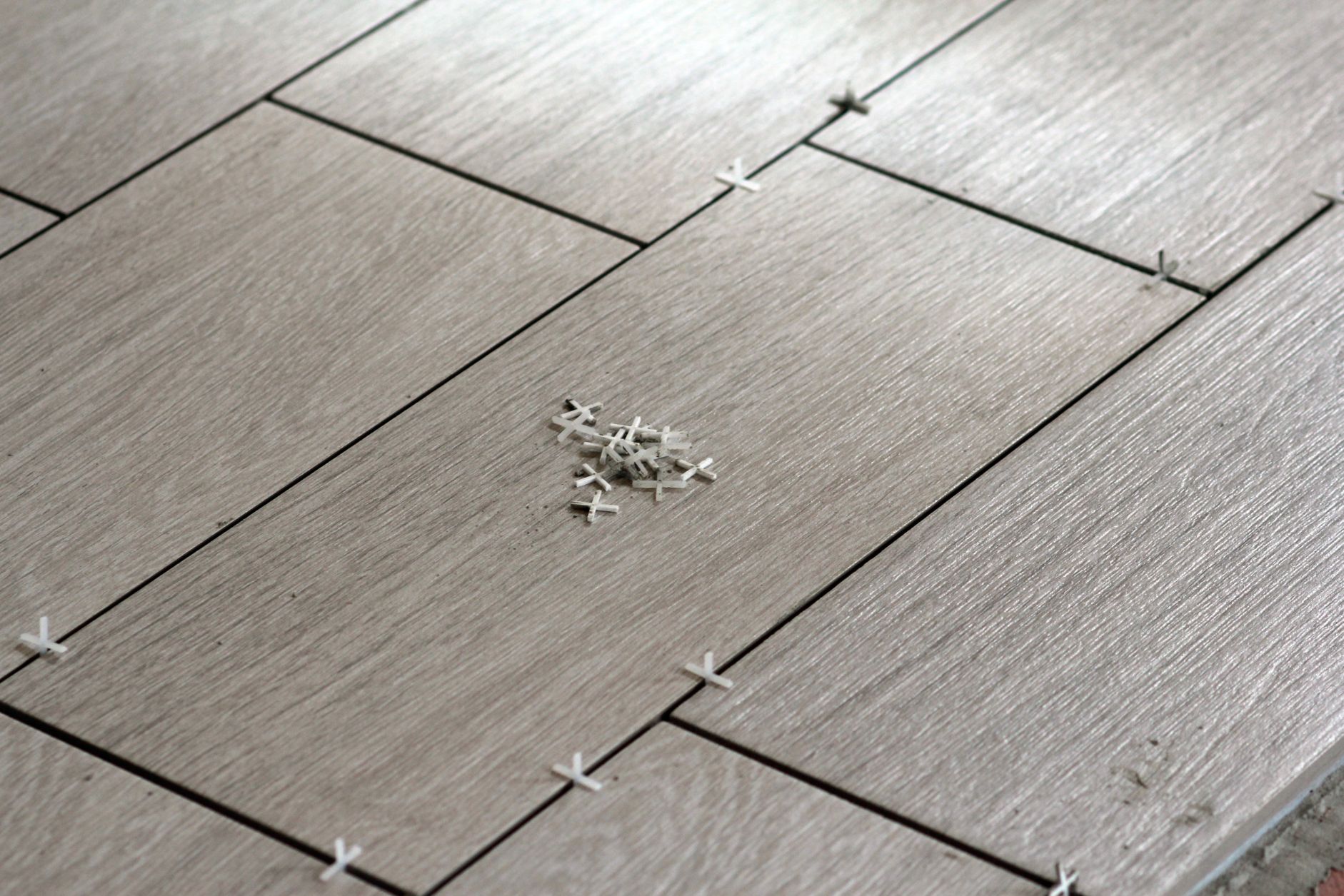
This is usually not a major issue outside of aesthetics; but it can annoy some people to feel the unevenness when they walk. In more serious cases, it can affect flooring materials like tiles (which may become more prone to cracks), or even cause trips and falls.
The good news is most contractors today would consider this an easy fix; but again, this may be something you want the seller to handle before you sign.
7. Termites and wood-borer insects
Cockroaches and mosquitoes can be handled by exterminators; but the main worry for old landed homes are termites, and other wood borer insects (powder post beetles, pinhole borers, shothole borers… our tropical climate is a haven for these.) Even after the pests have been dealt with, the damage they cause doesn’t go away. You may have a second round of expenses, replacing damaged beams and floorboards.
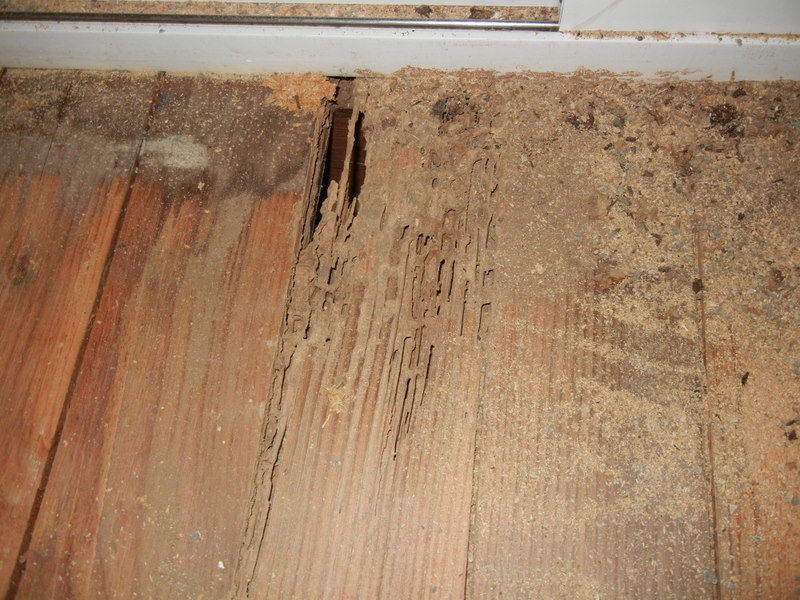
A particular worry is another old landed house next to yours, especially if it’s been vacant or not poorly kept. Pest infestations are likely shared between the two old properties; and because you don’t have a management committee or town council, there’s nothing you can do other than hope your neighbour is co-operative.
For more information on landed homes, or if you want someone to consult directly on a property, reach out to us at Stacked. We can put you in touch with the right experts. You can also find out more about the surrounding area or nearby properties, with our reviews and constant updates.
If you’d like to get in touch for a more in-depth consultation, you can do so here.
Have a real estate question, or not sure what your options are? Email us at stories@stackedhomes.com.
Ryan J. Ong
A seasoned content strategist with over 17 years in the real estate and financial journalism sectors, Ryan has built a reputation for transforming complex industry jargon into accessible knowledge. With a track record of writing and editing for leading financial platforms and publications, Ryan's expertise has been recognised across various media outlets. His role as a former content editor for 99.co and a co-host for CNA 938's Open House programme underscores his commitment to providing valuable insights into the property market.Read next from Editor's Pick

Property Market Commentary 2025 Year-End Review Of The Singapore Property Market: What The Numbers Reveal

Property Market Commentary How The HDB Resale Market Performed In 2025, And What It Means For 2026 Prices

Property Market Commentary 4 Key Trends Reshaping Singapore’s New Launch Condo Market In 2026

Homeowner Stories What I Only Learned After My First Year Of Homeownership In Singapore
Latest Posts

Pro How A 625-Unit Heartland Condo Launched In 2006 Became One Of 2025’s Top Performers

Property Investment Insights Does Buying A One-Bedroom Condo Still Make Sense As An Investment In 2026

Property Market Commentary Why This Once-Ulu Town In Singapore Is Going To Change (In A Big Way)

Singapore Property News This HDB Just Crossed $1.3M For The First Time — In An Unexpected Area

Singapore Property News “I Never Thought I’d Be Sued by a Tenant.” What Long-Time Landlords in Singapore Miss

Property Market Commentary I Lived In Bayshore When It Was ‘Ulu’. Here’s How Much It Has Changed

Singapore Property News HDB Resale Prices Finally Slowed in 2025 — Will It Continue in 2026?

Singapore Property News Breaking News: District 23 Condo Sells Out In Under Two Years At $2,120 Psf Average

On The Market Here Are The Cheapest 3-Bedroom Condos in Central Singapore You Can Still Buy From $1.15M

Property Market Commentary Why The Singapore Property Market Will Be Different In 2026 — And It’s Not Just About Prices

Pro This 21-Year-Old Condo Didn’t Sell Out Initially, Yet Became A Top Performer

Singapore Property News Why More Land Doesn’t Automatically Fix Housing In Singapore

On The Market Here Are The Cheapest 4-Room HDB Flats in Central Singapore You Can Still Buy From $490K

Pro How A Once “Ulu” Condo Launched In 1997 Became A Top Performer

Property Market Commentary When Renting In Singapore Is The Smarter Move — And Buying Can Wait



This is a really helpful checklist for anyone thinking of buying an older landed home. Good reminders to check for compliance with updated building laws, inspect roofs, plumbing, basement conditions and even plot shape. The warning about termite risk and hidden structural flaws is especially valuable — solid guidance for buyers.